DIAMOND PIPELINE
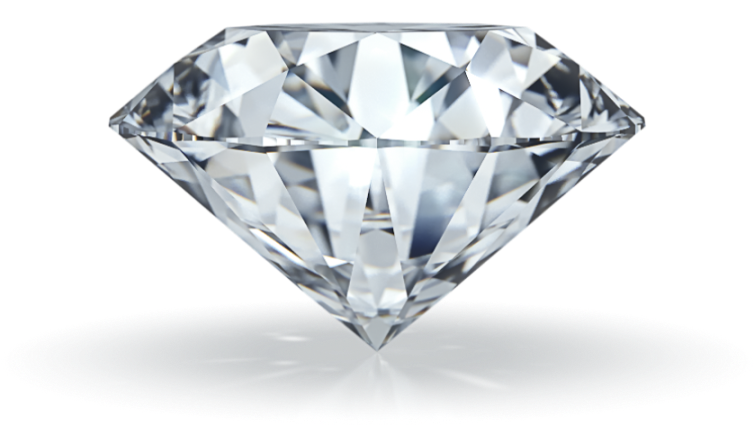
Regarded for their exquisite beauty and the timeless qualities of love and devotion that they represent, diamonds have fascinated mankind throughout the centuries. The most precious and enduring of all gemstones, diamonds were formed billions of years ago, deep within the earth. Only a small number survive the journey to the earth’s surface; fewer still are of a quality that can be made into a precious piece of jewelry.
FORMATION
Diamonds are beautiful, mysterious and rare. They survive an incredible journey to reach us, a journey that may have begun as long as 3.3 billion years ago. They are created when carbon is put under immense pressure and temperature deep within the earth—at distances of 250 miles or even greater.
One of nature’s most unique and dazzling gifts, diamonds come from two types of deposits. Primary deposits generally consist of diamond-bearing “pipes” of a volcanic rock called “kimberlite.” From deep in the earth these deposits were carried to the surface in molten rock, known as magma. Secondary deposits, also referred to as alluvial, were formed as a result of erosion of material from primary deposits and contain diamonds that have traveled some distance from their original source.
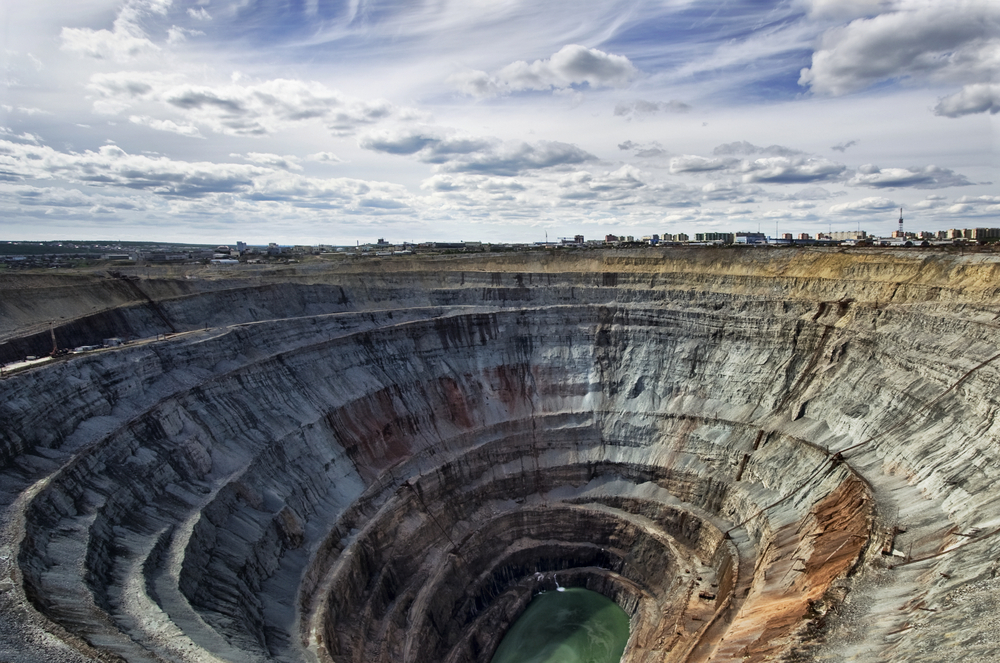
Even though world diamond production has tripled since 1980, diamonds remain a scarce resource. More than 12,000 kimberlite deposits have been found worldwide in the last 25 years, yet fewer than 1% have contained enough diamonds to make them economically viable. Geologists utilize many methods in diamond exploration, including satellite surveys, reconnaissance sampling and drilling in the ground. Some diamond producing countries include Botswana, Canada, Namibia, Russia, South Africa, Australia, and Tanzania
For more information on the formation of diamonds, visit these links:
MINING
Diamonds come from two types of deposits; each type requires special mining techniques. Primary deposits, in which diamonds are contained in kimberlite pipes, require open pit or underground mining operations. Secondary deposits are defined as diamonds that have traveled from their original location due to erosion. These require alluvial mining, which uncovers diamonds in riverbed, coastal and marine/undersea locations.
Regardless of the way diamonds are mined, enormous investment and technical skills are necessary to construct, maintain and operate a mine. In open pit and underground mines, the ore is crushed to uncover the diamonds.

Coastal mining involves the excavation of sand to find diamonds. Undersea mining entails drilling into the seabed to recover diamond-bearing gravels. Riverbed mining is often on an informal, smaller scale — also known as artisanal digging — and involves the most basic of equipment, such as sieves and pans, to find diamonds.
Over the years, there have been many amazing diamond discoveries. But still holding the record today as the world’s largest gem-quality diamond, the Cullinan was found in South Africa in 1905 and weighed 3,106 carats uncut.
For more information on the mining of diamonds, visit these links:
SORTING
Once mined, rough diamonds are delivered to sorting experts who categorize and assign a value to them. It is here that industrial quality diamonds – which are small, lower quality stones – are identified. These industrial diamonds are then used in equipment such as drill bits and lathes.
Those diamonds that are of gem quality are classified into thousands of categories based on size, shape, quality and color. The majority of diamonds fall within a range of standard colors from colorless to faint yellow or brown tints. Almost all rough diamonds have some distinguishing marks, known as inclusions, which make each one unique.
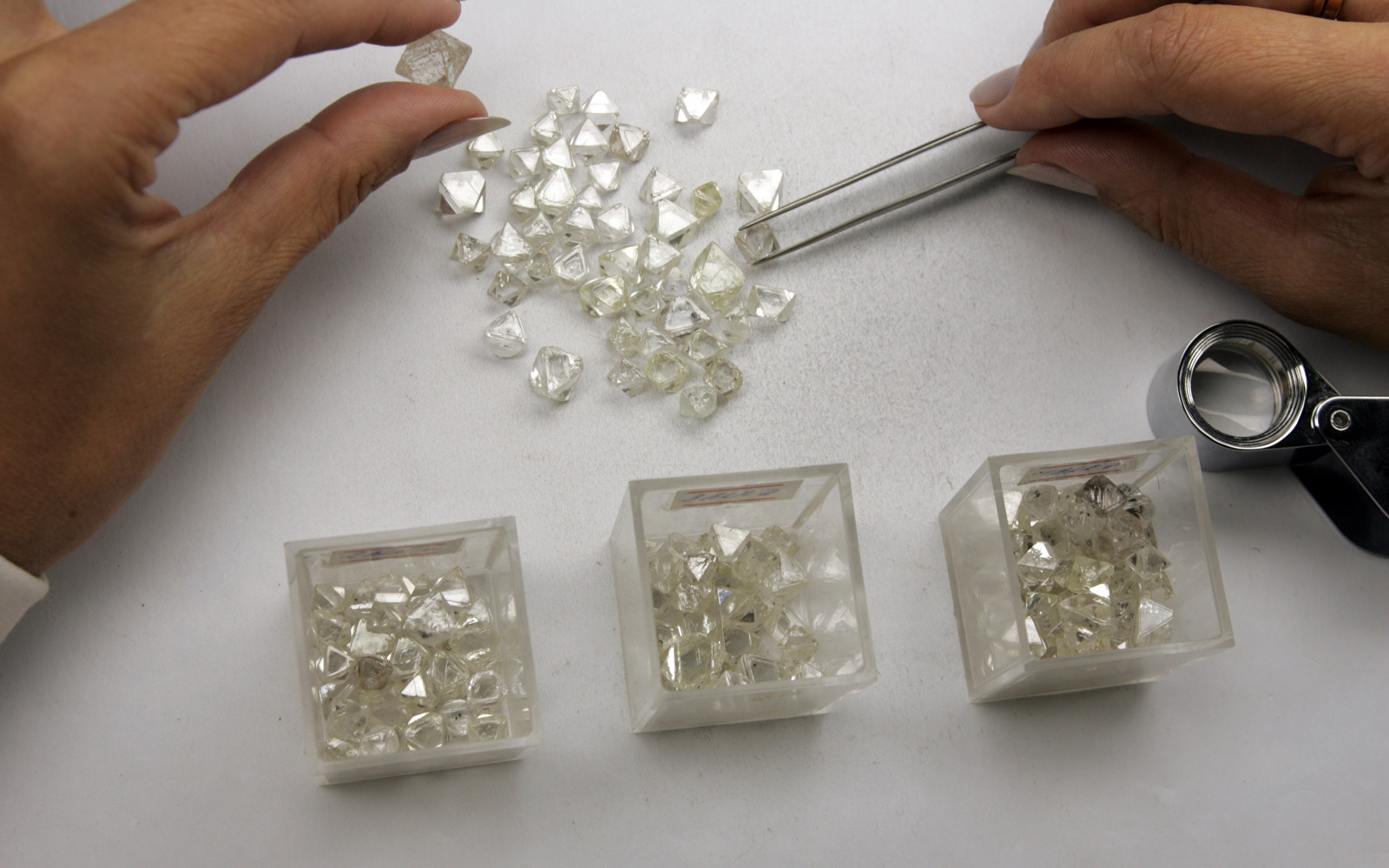
CUTTING AND POLISHING
After sorting, the diamonds are cut and polished. In ancient times, diamonds were left uncut and mounted into their settings, which gave each piece a dark, deep, mysterious look. In the 1400’s diamonds started to be cut and polished, which gave them their telltale sparkle and brilliance.
Currently cutting and polishing take place in southern Africa, Belgium, China, India, Israel, Russia and the US, among other countries. Cutting a rough diamond takes great skill. A well-cut diamond reflects light within itself, from one facet to another, as well as through the top of the diamond, bringing out its spectral brilliance. The most popular cut is the 57 facet round brilliant.
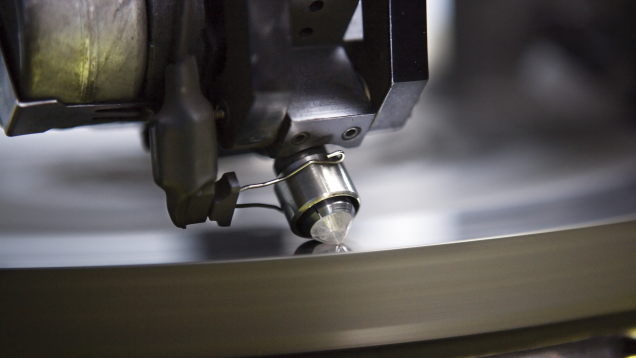
After a stone has been cut, it is then polished and classified again, this time by its cut, color, clarity and carat weight, also known as the “Four Cs.”
- Cut: The art of polishing a diamond is to maximize its brilliance and fire (dispersion). A diamond that is cut too deep or too shallow will be less brilliant and ultimately, less valuable. The cut is the only factor of a polished diamond’s value that is controlled by human hands.
- Color: With diamonds, even the smallest variation in color can make a big difference. Colorless diamonds are the most popular, but nature has also created diamonds in all colors of the rainbow. All other ‘Cs’ being equal, the rarer the color, the more valuable the diamond is.
- Clarity: Most diamonds contain naturally occurring inclusions, which developed while they were forming in the earth. The number, type, size, position and brightness of these inclusions can affect the clarity of a diamond, although most are too small to affect the beauty or brilliance of a stone.
- Carat: As with all precious stones, the weight – and therefore the size – of a diamond is expressed in carats. One carat (equivalent to 0.2 grams) can be divided into 100 ‘points’.
For more information on the cutting and polishing of diamonds, visit these links:
MANUFACTURING
After being cut, polished and categorized, diamonds are then sold via one of the 24 registered diamond exchanges (also known as ‘bourses’) located around the world or direct to wholesalers or diamond jewelry manufacturers.
Manufacturers craft diamond jewelry commissioned by a retailer or other jewelry designers. They may also create jewelry – designed by in-house teams – and sell it direct to retailers. Transforming loose diamonds into jewelry takes great skill, creatively and technically.
Diamond manufacturers create pieces with all kinds of precious stones and metals.
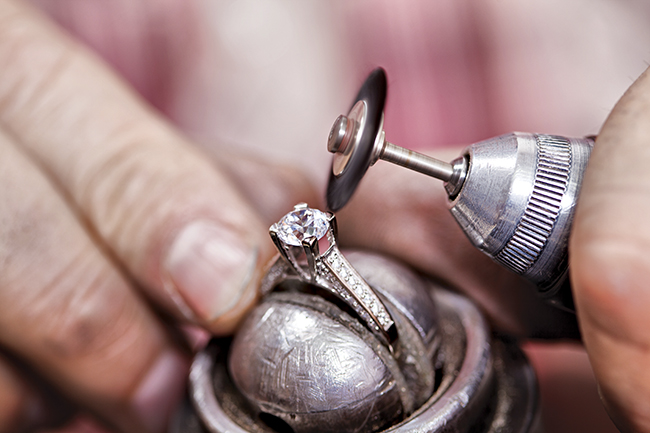
The most popular setting is the solitaire, for rings, earrings or pendants. But there are countless exciting designs that can be found in retailers around the world.
For more information on diamond manufacturers, visit the World Federation of Diamond Bourses.
RETAIL
No gemstone expresses human emotions more powerfully than a diamond. It may be because of their rarity. It may be because they have been around for billions of years. Or it may just be because of their unique beauty and universal appeal.
For hundreds of years, diamonds have been given to celebrate important moments in people’s lives, such as engagements, weddings, anniversaries and the birth of a child. Today, more and more diamonds are being bought as symbols of independence and success.
Whatever the occasion, there are thousands of jewelry retailers around the world providing many styles from which customers can choose the perfect diamond design.
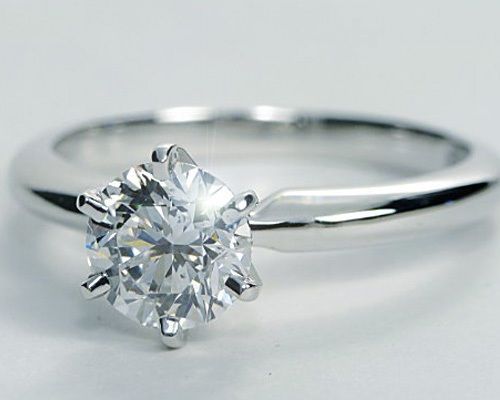
For more information on the retail of diamonds, visit these links:
